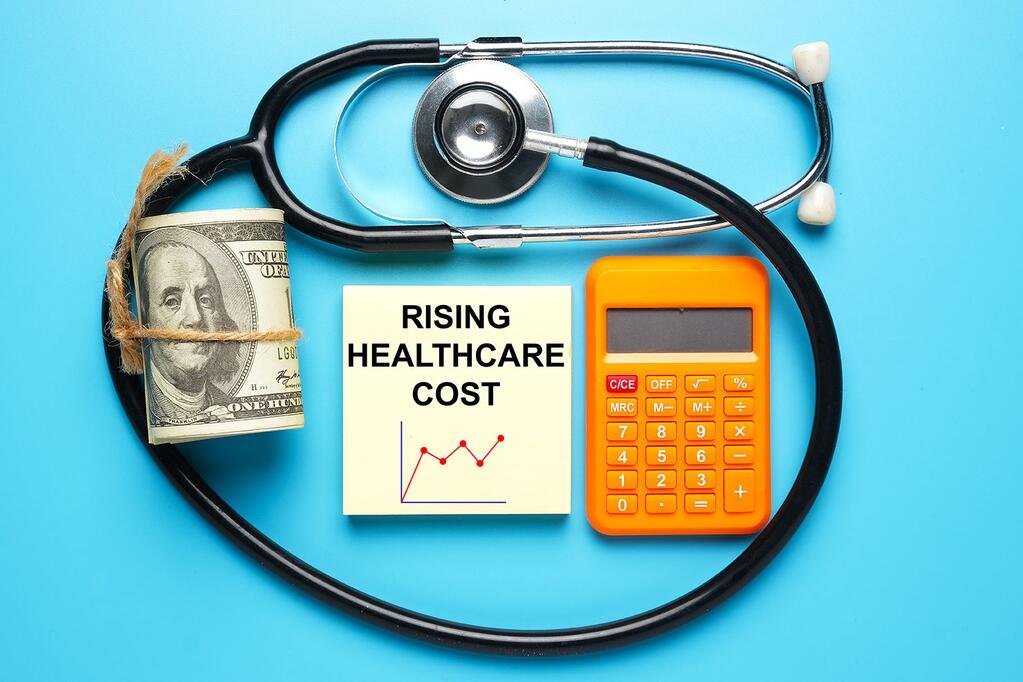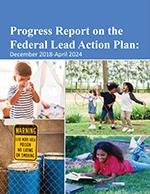Columbia Business School research is the first to find empirical evidence for how government intervention would shape the private healthcare market
September 19, 2024
Based on Research by
NEW YORK, NY – Healthcare costs in the U.S. are notoriously higher than in other countries, leaving 26 million without coverage while exorbitant prescription drug prices have led U.S. lawmakers to scrutinize drug companies. Much debate remains over introducing state-owned healthcare services to compete with private companies, and elected officials have debated the potential for a public option health insurance plan. A new study by Columbia Business School Professor Cristóbal Otero provides state-of-the-art evidence showing that the government can leverage their bargaining power to access products at a much lower price than private firms and unlock significant savings for consumers.
The paper “The Economics of the Public Option: Evidence from Local Pharmaceutical Markets,” published in the American Economic Review, analyzed the entry of state-owned retail pharmacies in local markets across Chile from 2015 to 2018. These pharmacies used the centralized procurement system to buy drugs, which allowed them to access lower prices due to the state’s large bargaining power with laboratories. On average, the public pharmacies were able to offer products at around one-third of the price than in their private counterparts.
Although the price gap was substantial, Cristóbal Otero, Assistant Professor of Business in the Economics Division, and coauthors University of Pennsylvania Professor Juan Pablo Atal, Stanford University Professor José Ignacio Cuesta, and Queen Mary University of London Professor Felipe González, found that private pharmacies lost only four percent of their sales to public pharmacies. The paper explains that only price-sensitive customers switched to public pharmacies due to factors like longer waiting times, less convenient hours, less product variety, and longer travel distances for consumers in public pharmacies. Consistent with this hypothesis, they also found that after the entry of a public pharmacy, private pharmacies nearby segmented the market and instead of decreasing prices in face of higher competition they increased prices by around one percent. Still, the overall benefits of the public option outweighed the costs of the policy and introducing public pharmacies saved the average consumer $150 per year. Consumers with chronic illnesses saved $550 yearly, nearly the median monthly wage in Chile.
“Policymakers need to tread carefully when considering healthcare market interventions,” said Professor Cristóbal Otero. “While government negotiations can achieve significantly lower prices, many consumers might be reluctant to choose the public option. Therefore, it’s crucial that these policies are crafted to attract consumers, ensuring they are willing to make the switch.”
The authors combined a quasi-experiment to estimate how the entry of public pharmacies impacted private sector market outcomes with a field experiment that studied market outcomes and political preferences of consumers. For the quasi-experiment, the researchers analyzed the entry of public pharmacies to local markets in 146 of 344 counties across Chile between 2015 and 2018. Using detailed data on drug purchases for 96 public pharmacies and data on private pharmacies from IQVIA, which collects pharmaceutical market information, they compared these counties before and after the public pharmacy was introduced to counties without one. For the field experiment, they tested whether awareness campaigns for public pharmacies had effects on consumers by delivering informational flyers to 826 consumers outside of private pharmacies across 20 counties with public pharmacies. They also conducted a baseline and follow-up survey two months later, which included self-reported voting behavior to measure how political support would increase for incumbents who opened the pharmacies.
Additional Findings Include:
- Consumers who were aware of public pharmacies were more likely to vote for the political candidate who introduced them. By surveying self-reporter voting behavior in their field experiment, the researchers found that by making consumers aware of public pharmacies, they were more likely to vote for the incumbent mayor who introduced the pharmacy.
“These insights are crucial as we identify an efficient and politically viable policy to improve access to healthcare. Our research also highlights the nuances of implementing public options and the importance of making them convenient and appealing to customers to ensure they achieve their intended benefits,” said Professor Otero.
About the Researcher(s)

Cristóbal Otero



